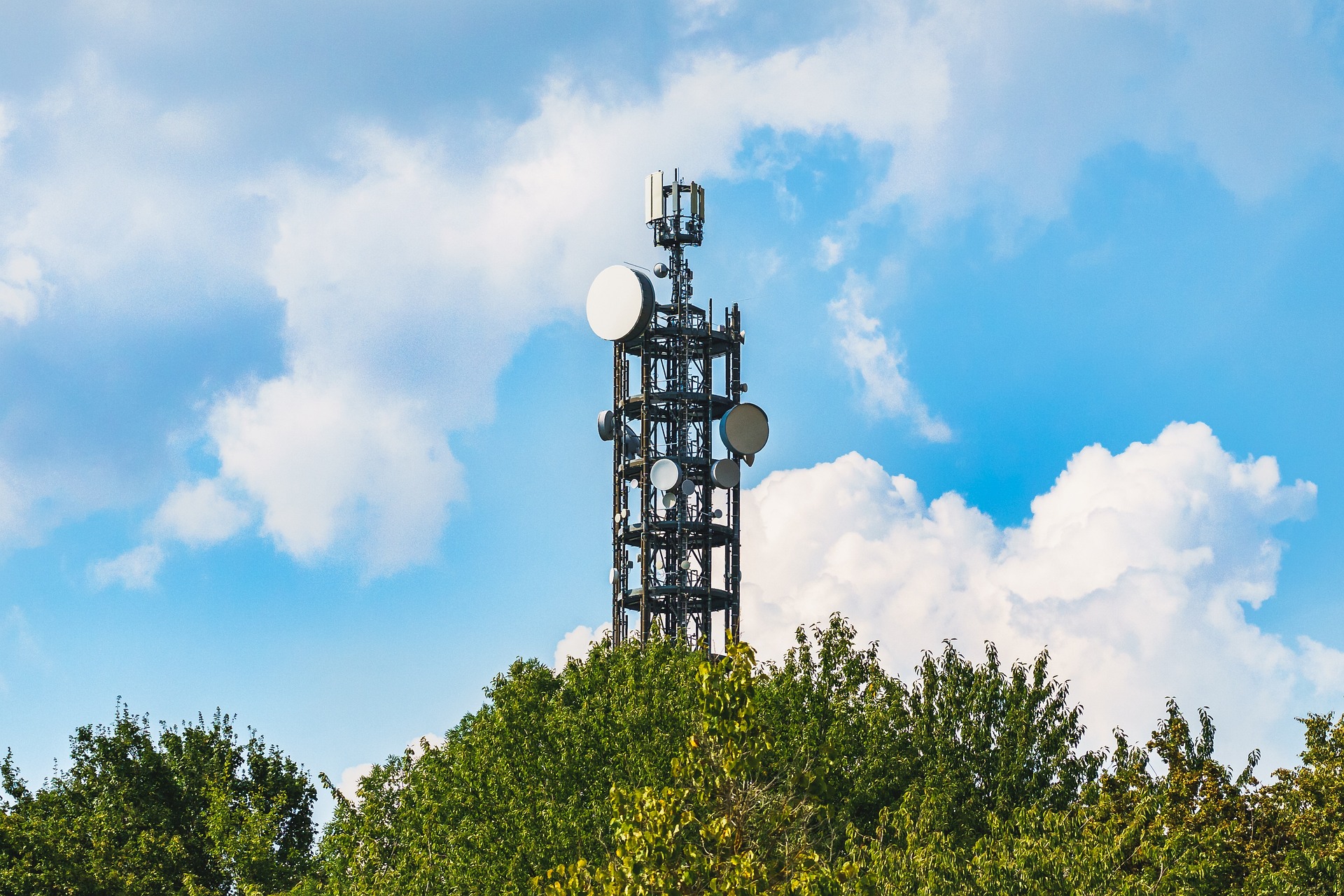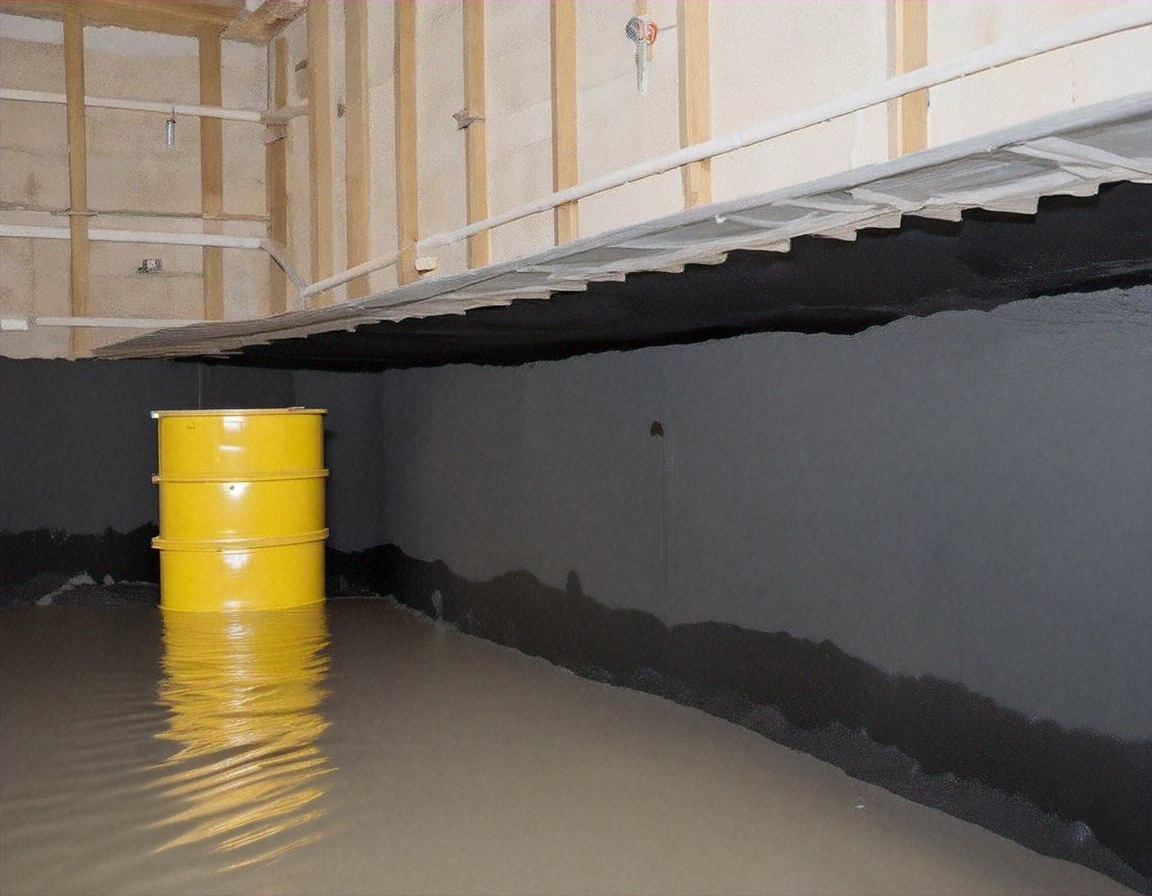Understanding the Potential of Fixed Wireless Access: The New Frontier of Connectivity
The digital revolution has brought about a whirlwind of changes. In the midst of this, Fixed Wireless Access (FWA) is a connectivity solution that's making waves. It's no longer just a fallback option for locations devoid of wired broadband, but a viable choice for high-speed internet provision. In this article, we delve into the past, present, and future of Fixed Wireless Access, shedding light on its potential to revolutionize the telecom industry.

FWA can be traced back to the 1990s, with rudimentary wireless networks providing limited connectivity. Fast forward to the present, and FWA has undergone significant advancements. Today, it’s not just about connecting remote areas but about providing high-speed internet in urban areas too. Developments in spectrum efficiency and wireless technology have made this possible.
Current industry trends indicate a growing acceptance of FWA. Regulatory changes, like the U.S. Federal Communications Commission’s decision to open up more spectrum for FWA, have also boosted its prospects. Experts predict that by 2025, FWA could connect more than 100 million households, up from 20 million in 2019.
FWA presents an exciting opportunity to deliver high-speed broadband with minimal physical infrastructure. It can be quickly deployed, making it ideal for both urban and rural areas. However, challenges such as signal interference and weather-related disruptions need to be addressed. Furthermore, ensuring a seamless user experience will be crucial for its wide-scale adoption.
All these claims are backed by research. A study by Ericsson predicts that by 2026, FWA connections will make up nearly a quarter of mobile network data traffic globally. Another study by the GSM Association estimates that FWA could contribute up to $412 billion to the global economy by 2040.
FWA is a complex topic, but the crux is simple - it holds the potential to deliver high-speed internet to millions, without the need for extensive wired infrastructure. The journey to this point has been transformative, and the future looks promising.
FWA is not just a technological marvel but a story of progress. It’s about pushing the boundaries of what’s possible, about connecting the unconnected. As we stand on the brink of a new era in connectivity, FWA could play a pivotal role in shaping our digital future.
The article is structured as a journey through the past, present, and future of FWA. It starts with the origins, moves to the current state of affairs, and concludes with future prospects. All through, it remains grounded in the reality of the telecom industry, making it relevant and forward-thinking.
To summarize, Fixed Wireless Access is a promising technology that has the potential to shape the future of internet connectivity. It’s flexible, quick to deploy, and can deliver high-speed internet. Despite the challenges, the future of FWA looks promising, backed by favorable regulatory changes and industry trends.




